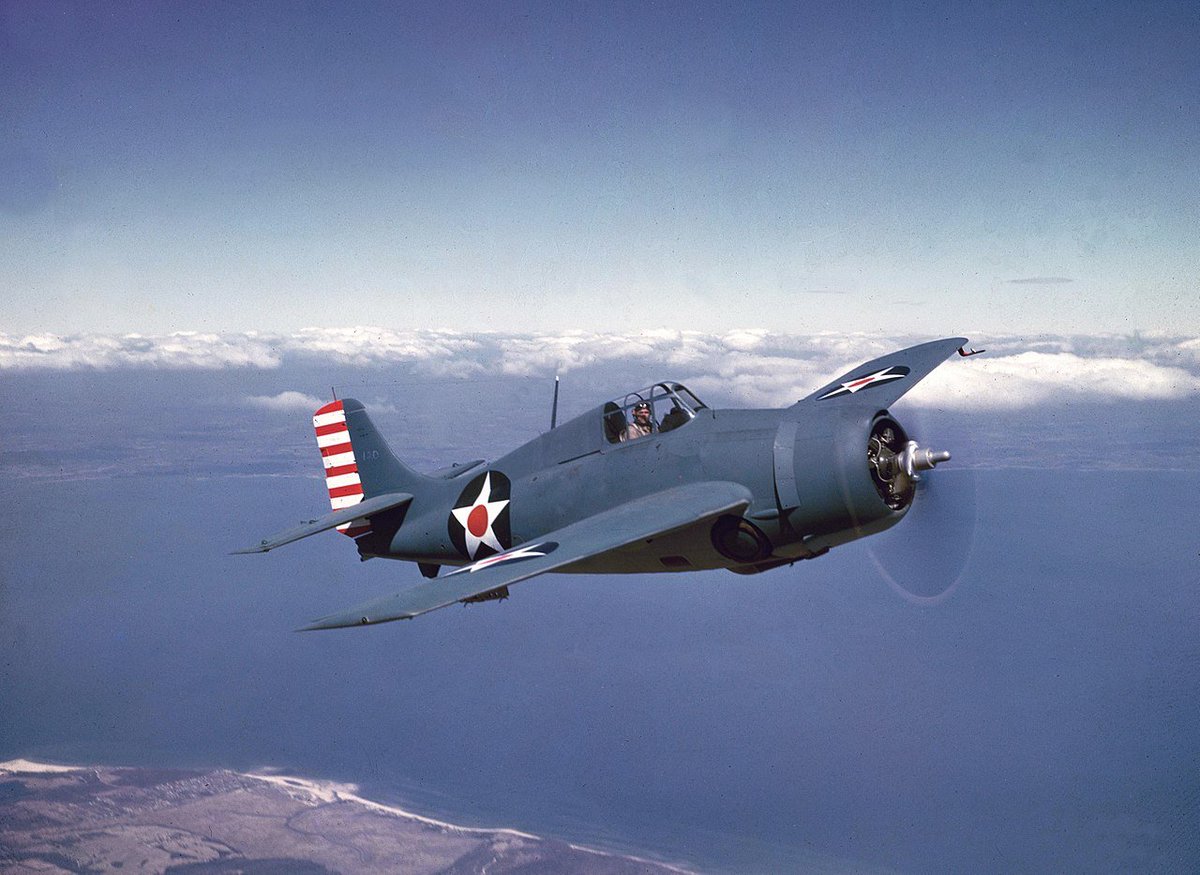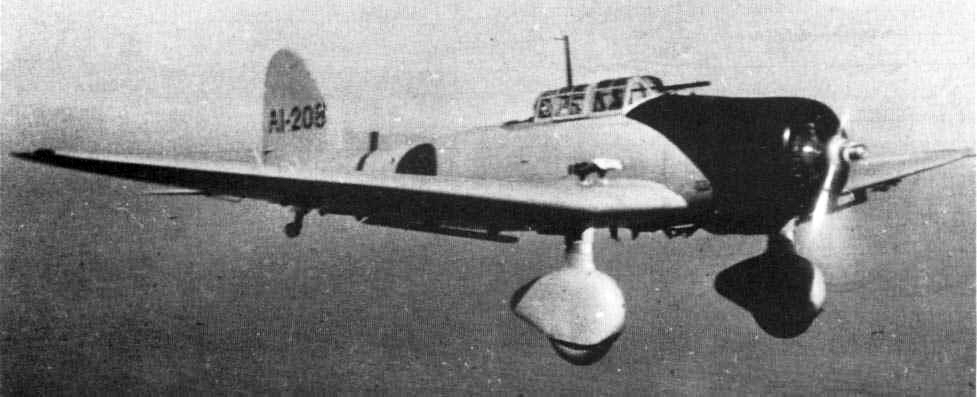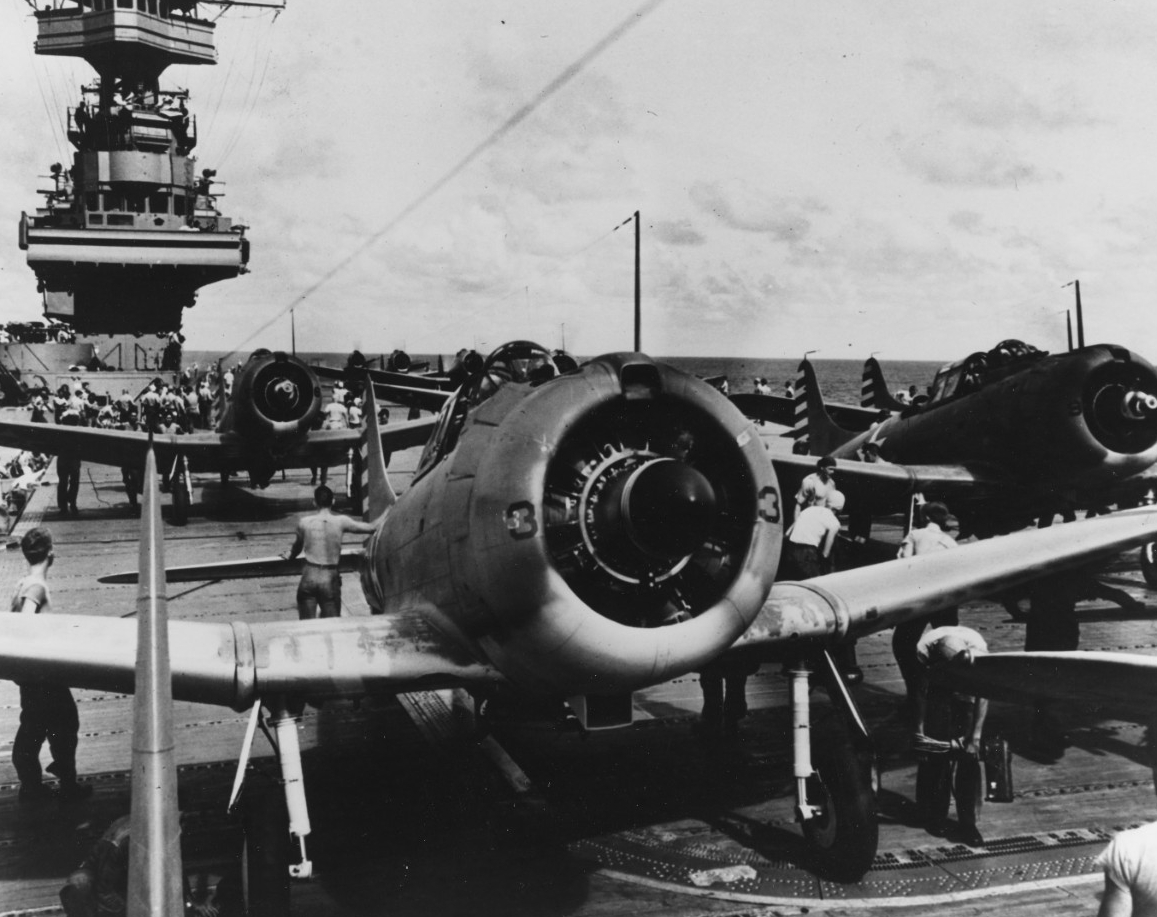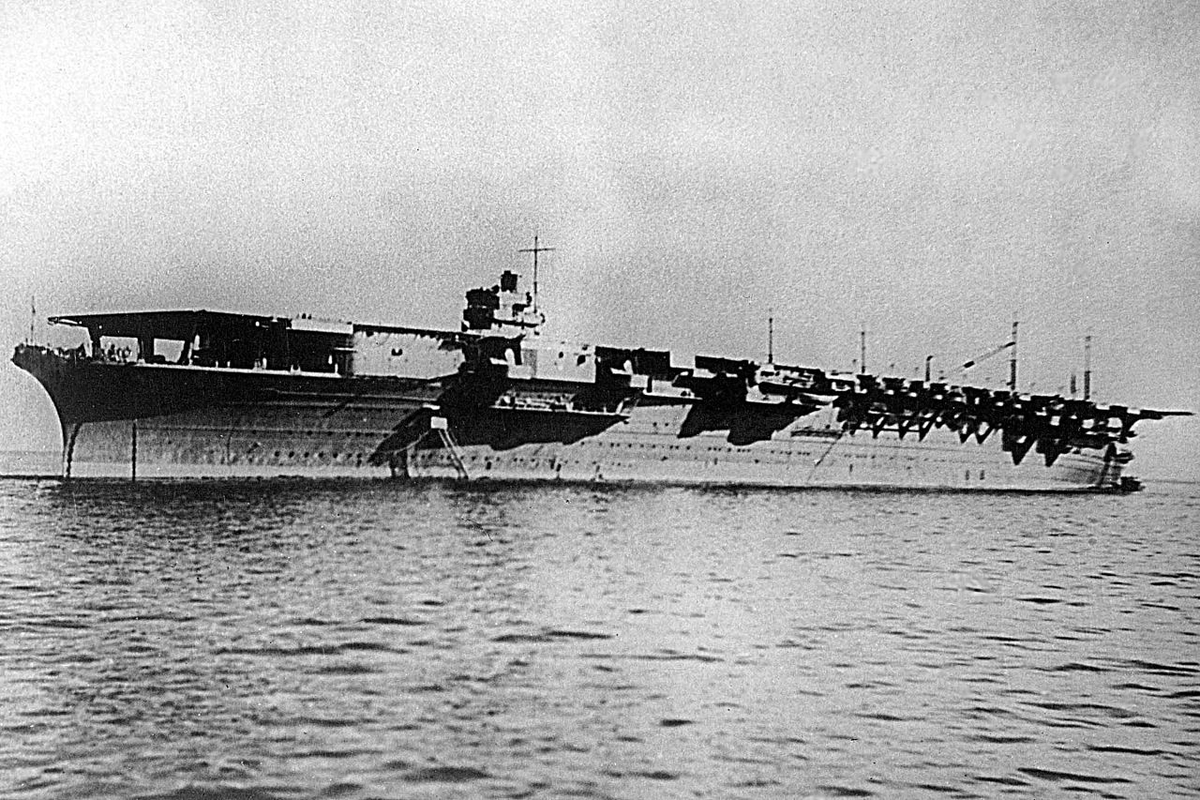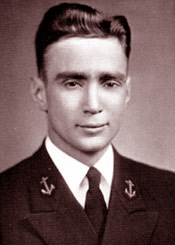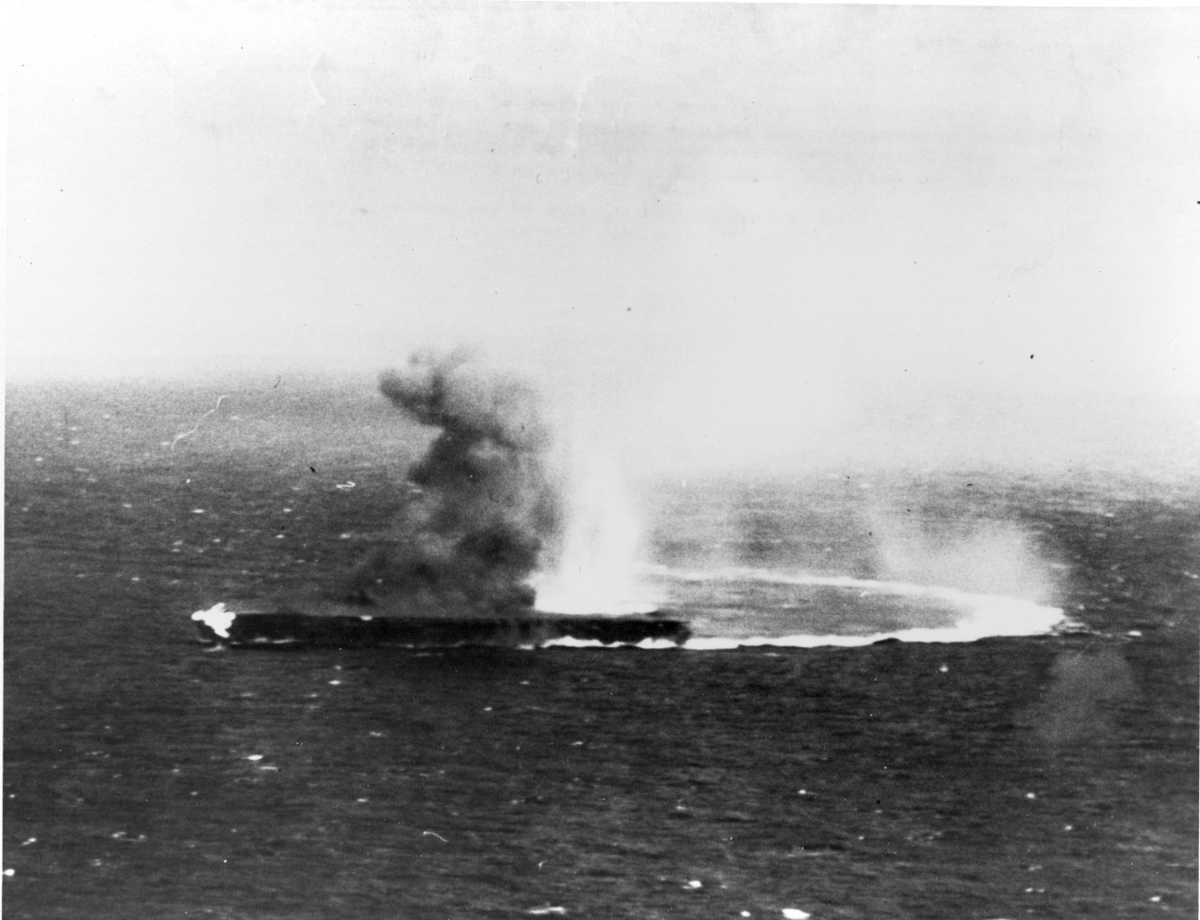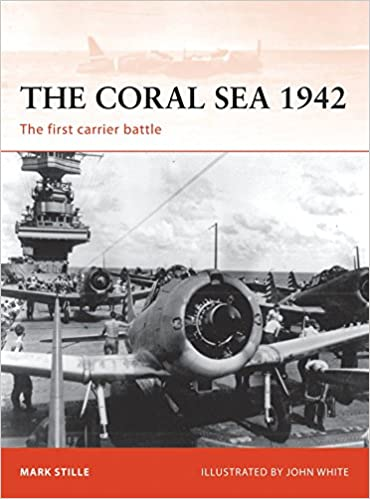Thread: #OnThisDay 1942 the Battle of the Coral Sea will come to a climax. After days of fruitless reconnaissance sweeps and potential sightings for both sides, by May 8th the MO Carrier Striking Force and Task Force 17 now know they are agonisingly close to one another.
In an overwhelming attack the day before, aircraft from the USS Lexington and USS Yorktown destroyed the Japanese light carrier Shoho. Initially being directed to the area with what turned out to an incorrect report that two Japanese carriers where in the area.
At almost same time and much further to the southeat, Japanese aircraft from aircraft carriers Shokaku and Zuikaku sink the destroyer USS Sims and leave the fleet oiler Neosho severely damaged.
With these actions, it is now startlingly clear to both sides just how close their carriers are to one another. With May 7th dragging on, the Japanese decide to launch a risky strike against the suspected location of the American carriers late in the afternoon of May 7th.
But they are unable to locate TF-17. Supposedly flying over and missing it in heavy cloud cover. After dropping their ordnance and turning back they are picked up American radar and Wildcats shot down 6 Kate torpedo bombers and 1 Val dive bomber losing 3 of their own downed.
Flying through the dark some of the Japanese aircraft even attempt to land on the American carriers mistaking them for their own in the darkness leading to one being shot down. Incredibly 18 of the 27 Japanese aircraft actually make it back to their carriers in the dead of night.
Dawn May 8th and both sides launch prompt and wide reaching reconnaissance sweeps to locate the enemy carriers that could no be far away. At around 08:20 both carrier forces are spotted by reconnaissance aircraft and around an hour later full strikes are launched by both sides.
At 11:00 Yorktown& #39;s aircraft launch their attack, but only after a twenty minute wait to allow the Devastator torpedo bombers to catch up with the Dauntless dive bombers and ensure a coordinated attack. This allowed Zuikaku the time to slip under the protection of bad weather.
Yorktown& #39;s SBD dive bombers attack and hit the Shokaku with two 1000-pound bombs, with Lieutenant John J Powers sacrificing his life and that of his rear seat gunner to ensure the accuracy of his bomb, leading him to be posthumously awarded the Medal of Honor.
The two 1000 pound bomb hits on the Shokaku from Yorktown& #39;s SBD& #39;s cause significant fires in the carrier with the damage from Powers bomb evident from the smoke coming from by the carriers island. However, despite the light anti-aircraft fire, Yorktown& #39;s torpedo bombers all miss.
With many of the Lexington& #39;s aircraft lost in bad weather, those that do find the Shokaku begin their own attack half an hour after Yorktown& #39;s attack began. They score an additional 1000 pound bomb hit on the Shokaku but again none of their 11 torpedeos launched hit the carrier.
Although the Shokaku was severely damaged from three 1000 pound bomb hits, the carrier was not threatened with sinking and left the area escorted by two destroyers for urgent repairs. The American attack had been less successful than initially hoped.
Over with TF-17, the Japanese strike was picked up by American radar but the Wildcats sent to intercept it failed to intercept the attack in time as 14 Kates bore down on the Lexington as the remaining 4 go for the Yorktown.
The four attacking Yorktown all miss and two are shot down. However, after manoeuvring the best she could to avoid the first five torpedoes directed toward her the Lexington is eventually hit by two torpedoes one of which ruptures an aviation fuel tank dooming the carrier.
Just minutes after, the Vals launch their dive bombing attack on the American carriers. Smothering them with nearing misses and only scoring two 550 pound bomb hits on the Lexington that cause minimal damage and one on the Yorktown that inflicts more serious structural damage.
Encountering heavier anti-aircraft fire than their American counterparts, who lose five aircraft in their attack, Japanese losses come to 13 in the immediate attack, but a further 19 aircraft trying to return and on their return to their carriers are lost due to damage.
Overall the battle has inflicted serious aircraft losses on both sides, but the situation on the Lexington deteriorates when at 1247 she is shaken by an explosion. With fuel vapor spreading through the carrier eventually she has to be abandoned as fires spread uncontrollably.
Lexington& #39;s escorting cruisers and destroyers come alongside to rescue her crew and the Lexington is finally scuttled by torpedoes from a destroyer. Having lost an invaluable aircraft carrier TF-17 leaves the area so the Yorktown can be repaired.
The Japanese ultimately suspend Operation MO and gradually depart the area. The failure to capture Port Moresby is the first Japanese strategic defeat and forces them to try and capture Port Moresby over the Owen Stanley Range where they will be stopped by the Australians.
The battle has been characterised as a tactical victory for the Japanese due to the greater American tonnage sunk, but as historian Ian W. Toll points out the only carrier to participate in Coral Sea and then the Battle of Midway was the Yorktown where she would prove crucial.
Many of the photos are courtesy of the Naval History and Heritage Command.
Please let me know of any mistakes.
End of thread. Thank you.
Please let me know of any mistakes.
End of thread. Thank you.
@The_Ops_Room @ErnestMalley @madeofstone71 @scotty_thomo @DanJBray @DWB55 @MoseleyMAJ @RoryKGallagher @PJFXMooney @291stECB @ChrisCardsFan
Little thread that might be of interest. https://abs.twimg.com/emoji/v2/... draggable="false" alt="🙂" title="Leicht lächelndes Gesicht" aria-label="Emoji: Leicht lächelndes Gesicht">
https://abs.twimg.com/emoji/v2/... draggable="false" alt="🙂" title="Leicht lächelndes Gesicht" aria-label="Emoji: Leicht lächelndes Gesicht">
Little thread that might be of interest.

 Read on Twitter
Read on Twitter




